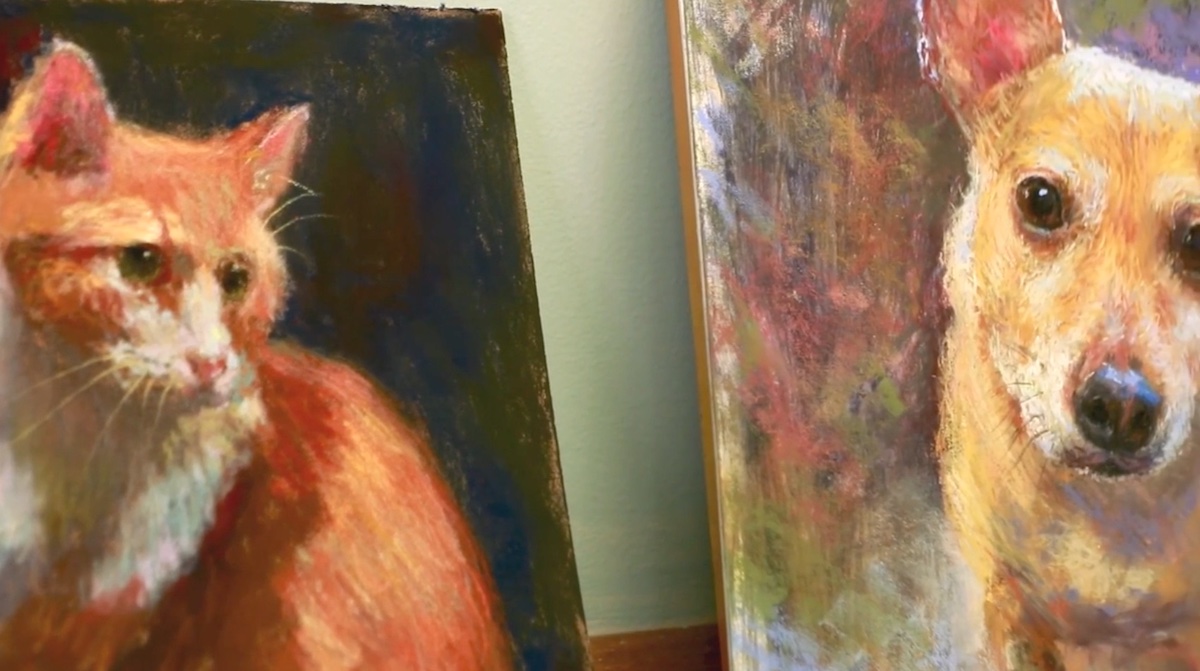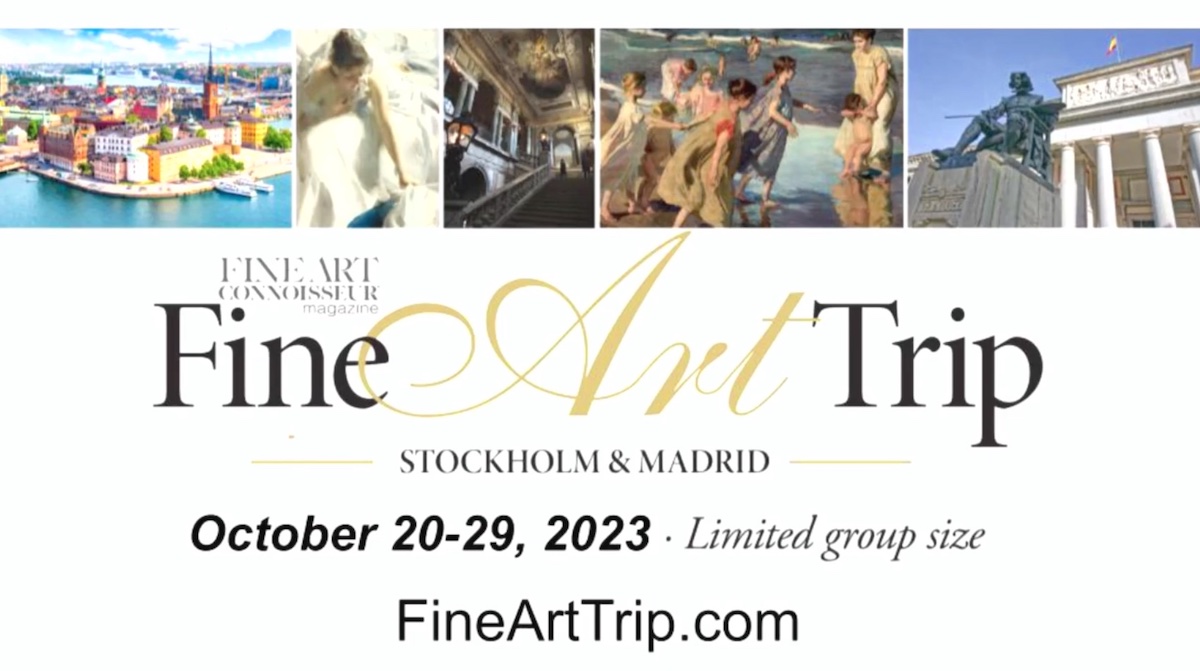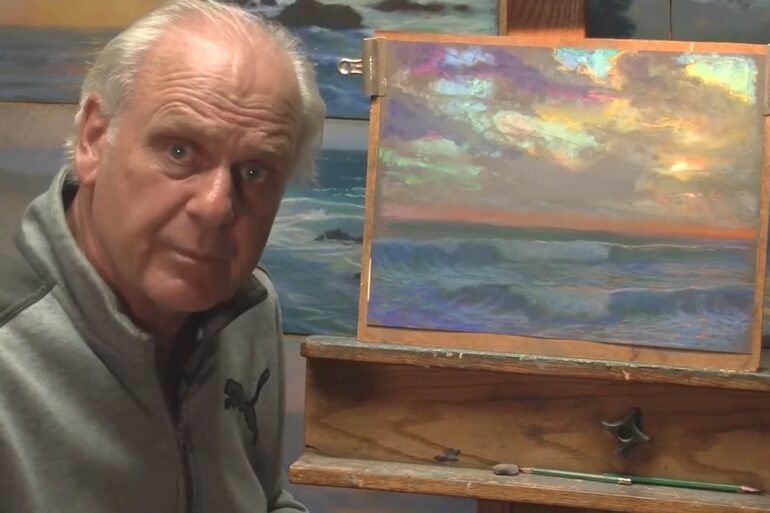
This post is also available in:

“You will be impressed by the tremendous personal growth that Pastel Live is able to offer you.” sentenced Eric Rhoads in openings of the second day of the third edition of Pastel Live. In fact, Rhoads’ goal is to significantly improve the artistic qualities of each participant by showing them new ways of approaching techniques, but more importantly, a new approach in the way they look at things. “The ability to see differently allows you to be able to discover new things every day,” said Rhoads. The speaker introduced two other lustrous members of the great Streamline Publishing tribe-Kelly Kane, (Editor-in-Chief of Editorial and Editor-in-Chief of PleinAir Magazine) and Katie Reeves (Director of Sales & Marketing for Fine Art Connoisseur Magazine and PleinAir Magazine) as well as Christina Angelo (Social Media Coordinator), who was introduced yesterday and provided a lot of useful information regarding the use of social media, Instagram in particular.
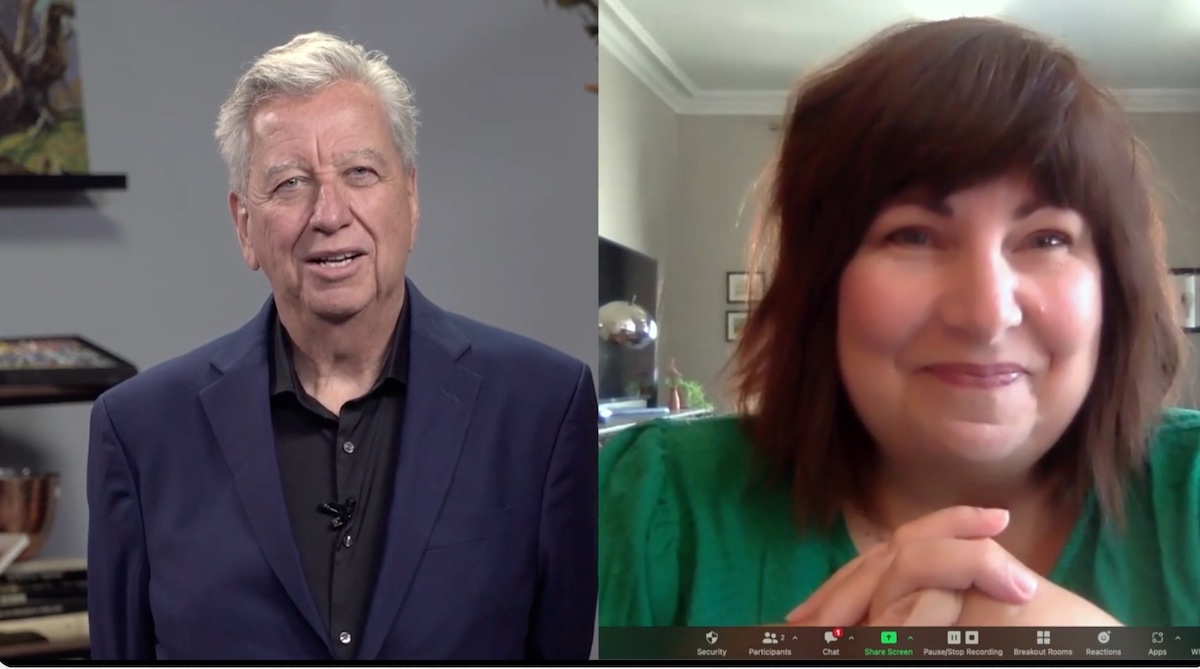
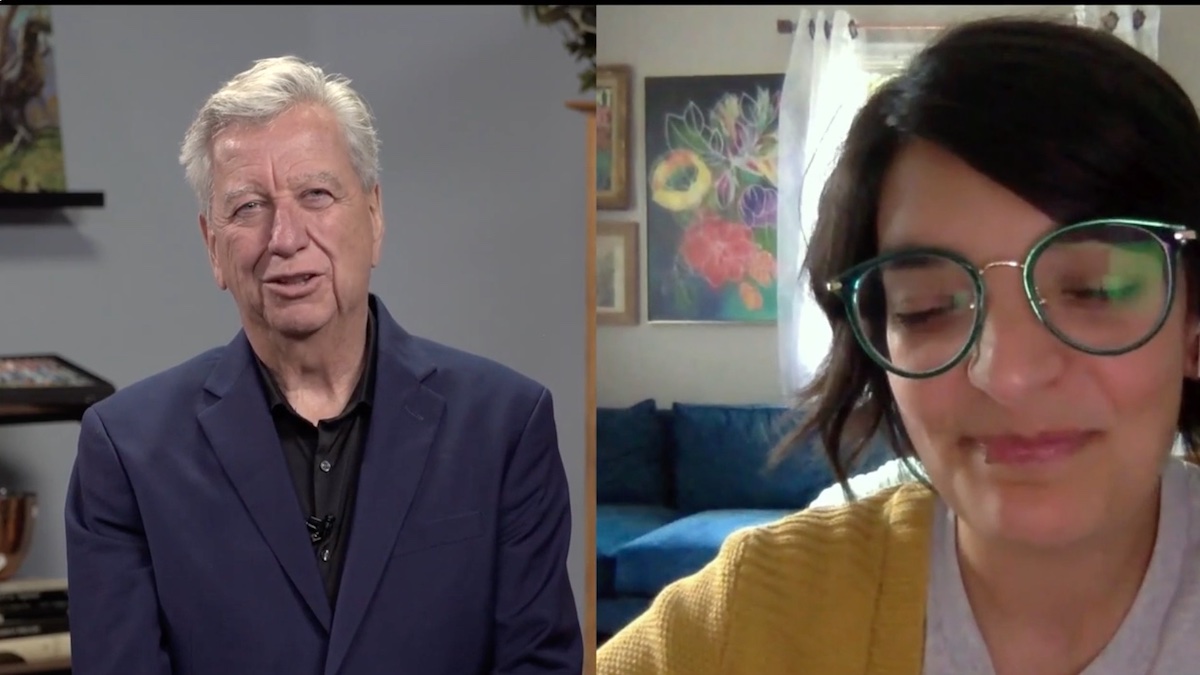
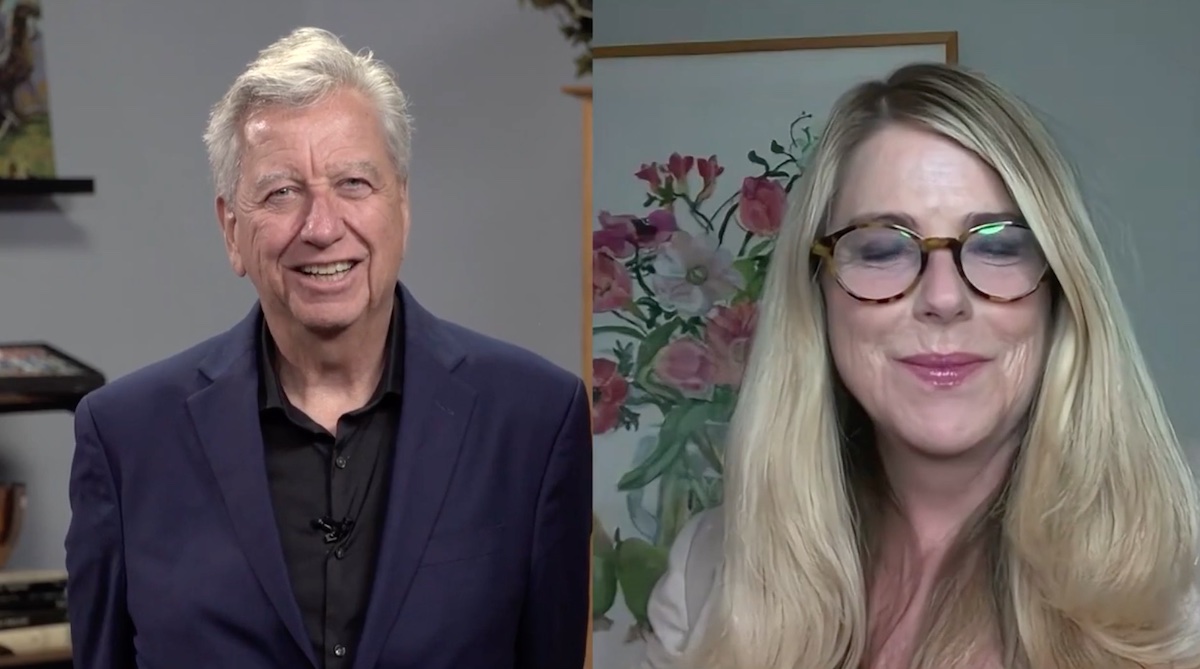
The first featured speaker of the day was Jeri Greenberg. With a background as a fashion designer, artist Jeri Greenbergh created a still life for her demo with a teapot, fruit -including apples, her favorite fruit to represent- and tea towels. Dishcloths, textiles, are another of her favorite subjects on which the artist said she would spend whole days working areas of fabric.
With these selected objects, Greenbergh showed the different approaches to pastel: from long swipes on tea towels to short, single- or multi-colored patches of individual objects. “You have to connect the dots in the composition,” said the artist.
The purpose of the demo was to show her technique, which is very interesting for its dramatic rendering of the shapes of compositional objects. The process of laying down color begins with half tones on the basis of which she veers from darker and more intense tones to lighter ones, with medium-hard pastels, with which she mainly works in her compositions. It is only in the final stage that she returned to individual shapes to redefine details.
Among the advice dispensed by the artist is what is a personal practice for her: she never uses pure black but a dark blue from Girault, for rendering the darker parts, because as the artist says, “Using pure black is like to kill the composition.”
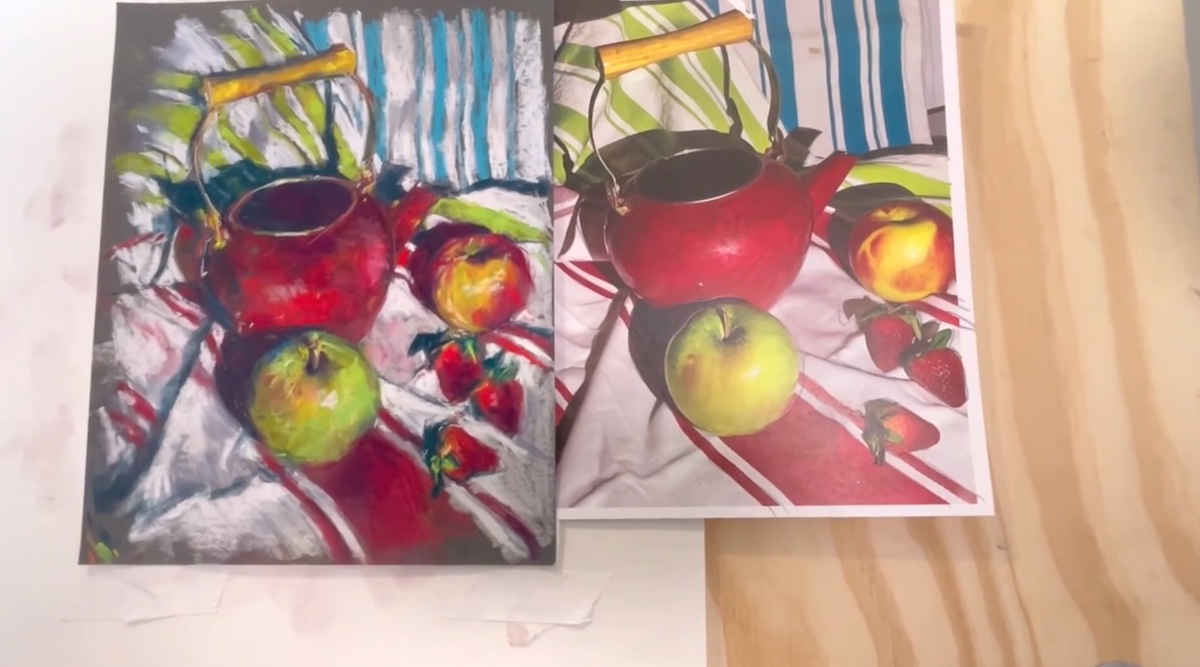
“How to change the world of art?” is the question with which Eric Rhoads introduced artist Peter Adams. Adams with the support of his wife Elaine took over the California Art Club in the 1990s: a historic California art club to which they were able to restore the prestige and luster of yesteryear..
Adams, who loves to paint seascapes -lots of wave foam and the “golden line” the horizon line at sunset- for the demonstration session he made several demos with a traveling map along the beaches of Malibu of which he portrayed the sea and sky at different times of day.
Adams is primarily an oil artist but also works extensively in pastel always and strictly from life. This characteristic has influenced his style, which consists of drawing quickly on the paper so as to capture the variations in light that he wants to emphasize. When he paints in pastel, he habitually likes to focus on three aspects: the quality of the light, the atmosphere, and the mood with which he interprets the scene. After illustrating his marvelous moving wall entirely covered with his pastel paintings, he explained his material and his different palettes divided by hardness among which sprout Sennelier’s wonderful series of 575 shades of colors. Unlike oil, pastel represents for Adams a much more personal affair for which the hand becomes an extension of his arm and head.
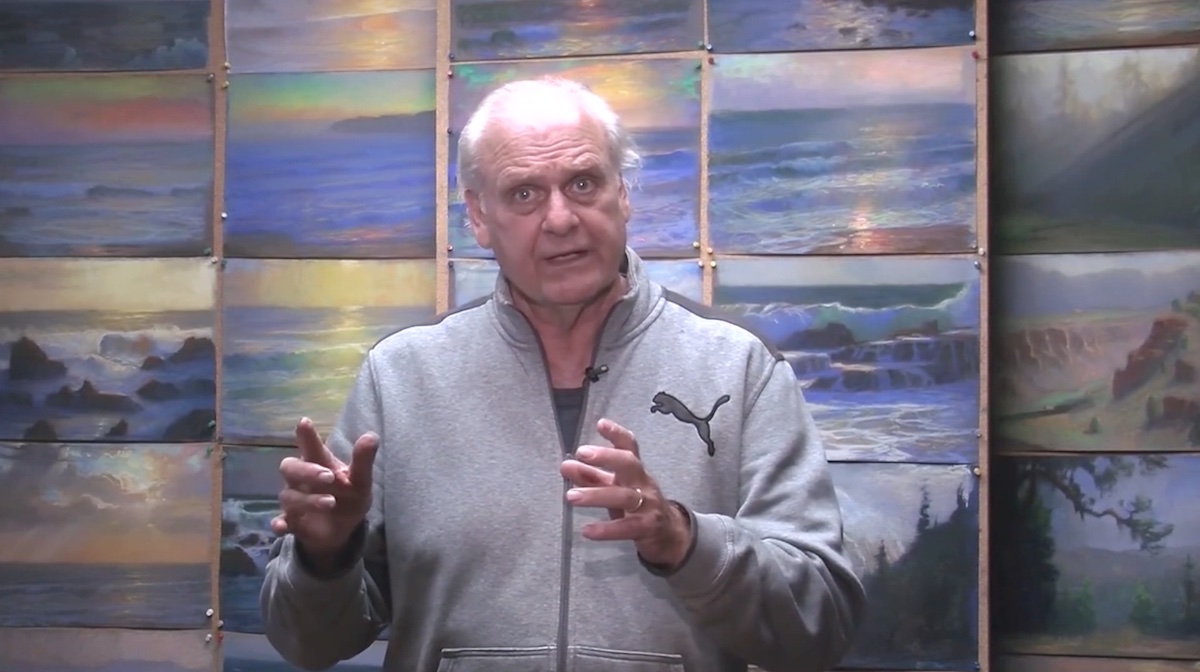
The various demonstrations offered at these events are always varied and surprising, and they are mainly so because of the variety of styles and techniques. In this regard, artist Laura Pollack, with a background in advertising, demonstrated how to make an abstract pastel composition. “I couldn’t find my graphic design in my paintings and these abstracts have let it show through,” said the artist. After applying the rule of thirds and the golden ratio to her abstract composition, she worked all around the painting until she got to the central focus, proceeding by dots that she then harmoniously unites in an almost mystical way. Laura Pollack’s goal is to discover the magic behind the making of an abstract work, and in this regard, “Pastel is a very engaging medium in so many ways,” said the artist, who works like a sculpture in a continuous putting and taking away. In his putting and taking away she tries to create continuous variations of “brushstroke” with which she keeps the viewer’s attention active. “You have to be able to see the beauty in the colors,” said the artist, who is very insistent on the importance of experimenting and making mistakes. In fact, mistakes are considered necessary in the process of self-improvement. A demonstration that delighted the participants, one of whom said, “It’s like making jewelry with paper and pastel.”
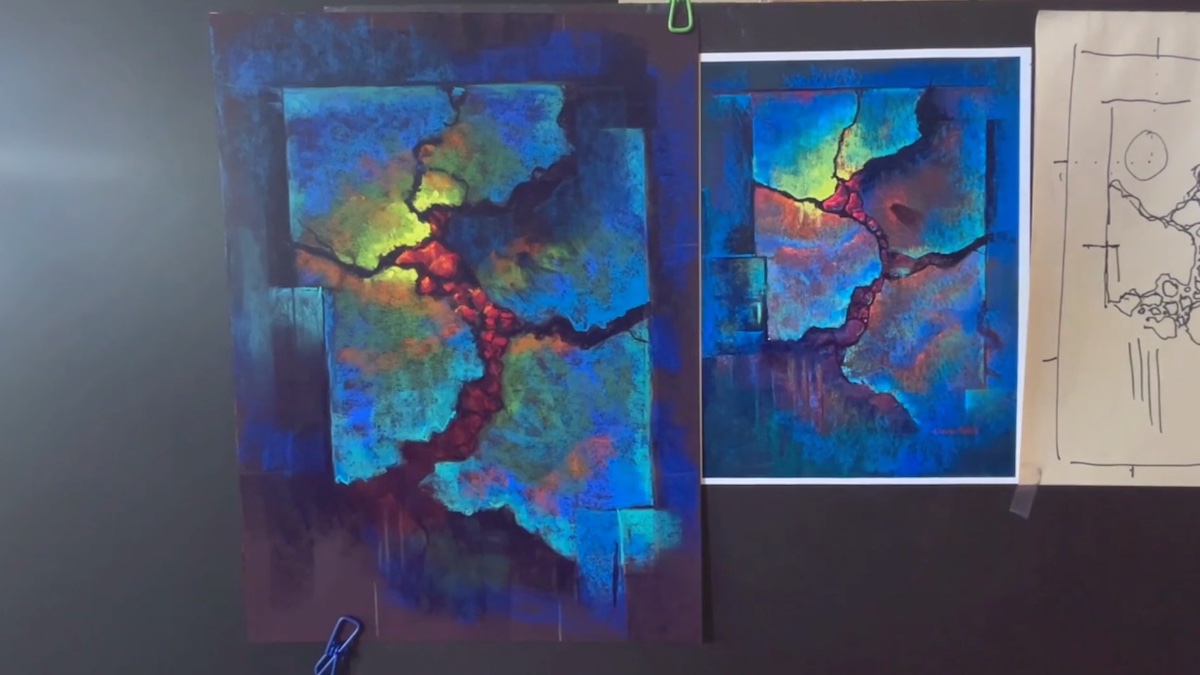
Portraits and figurative art are an obsession for artist Christine Swann, who through portraiture comes to an understanding of people and their history. Her way of executing the portrait is such a powerful and expressive medium that she renamed it: “a personality portrait.” It is based on five different neuralgic steps: a precise and detailed drawing done entirely in pastels that answers the question: “where is the whole?”; a second step -the most exciting one- which the artist has called: “the yellow stage,” by which Swann highlights, with a yellow crayon pencil, all the light and less light areas of the face that correspond to a precise pressure of the hand and answer the question, “where are the lights and shadows?”. The third stage is what she calls the “crazy colors or rainbow colors stage,” which is nothing but a fun way by which she introduces skin tones. “It’s all a matter of personal sensitivity and you can enter into the colors world in a kind way without being afraid to change the values of the composition. ” said the artist in this regard. The fourth stage, called: “the real color stage” is where the artist thinks purposefully about real color. This is the stage where the portrait begins to emerge three-dimensionally. “A hue values range is the key,” said the artist in this regard. Finally, the last stage is dictated by the realization of the details with which she emphasizes the features of the subject.
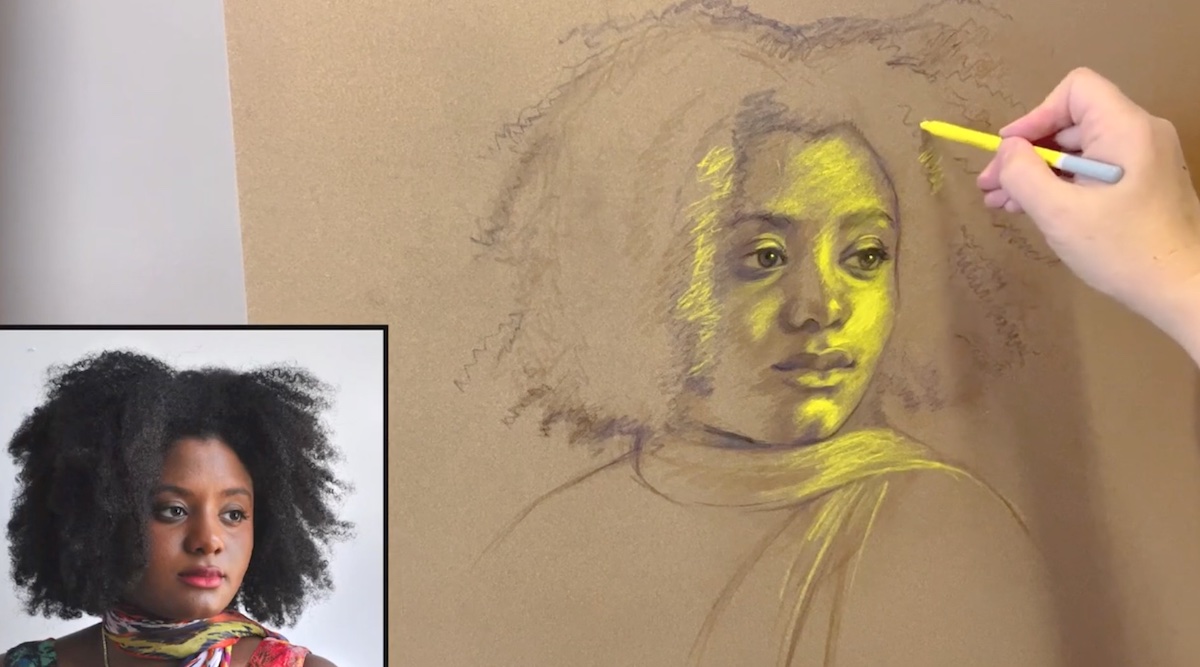
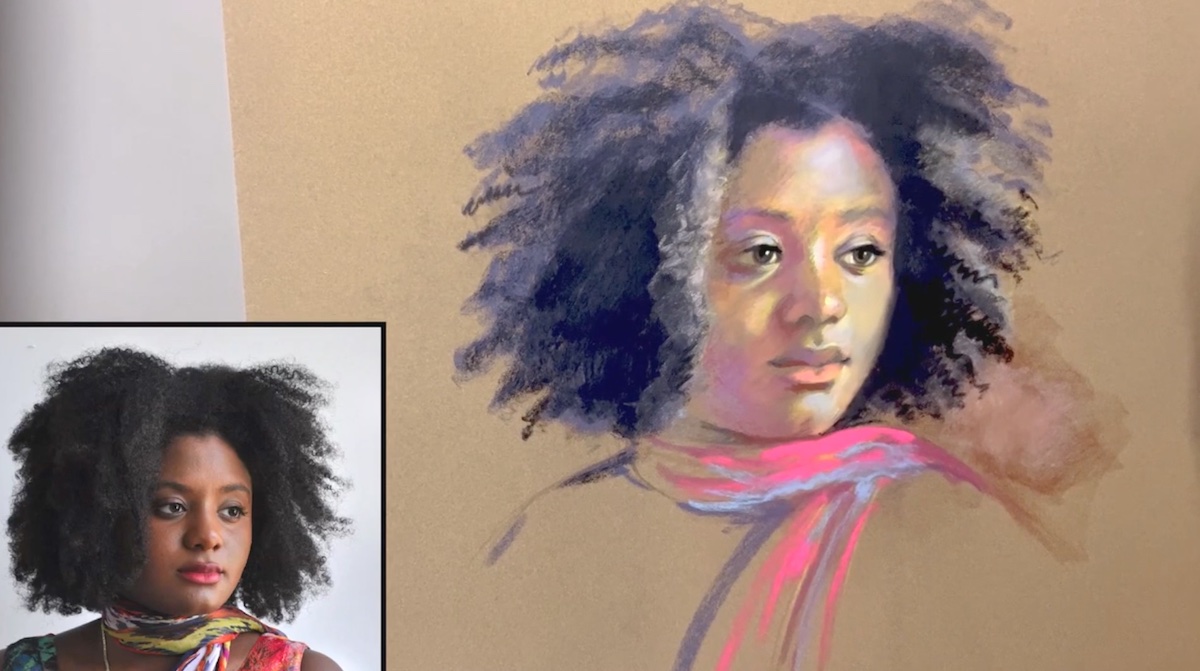
Thomas Bailey extraordinaire, an eclectic character with an effective and ever-ready wit is the faculty member who did a demonstration of a landscape. A subject close to the heart of the artist, who considers himself a “man of the woods,” as you can read in the interview conducted in collaboration with Streamline Publishing, and found at the following link: http://www.miaminiche.com/the-little-melodic-echoes-you-dont-expect/
Cathartic is the phrase with which the artist began his demo: “I tend to meander / explore on the way to my destination but, I hope, there should be plenty for you to play with.” In fact, the goal of his demo was to provide useful tools to put into practice in an alternative way to create interesting color games in which it is the composition itself that causes the artist to proceed or stop. In the demo, he followed his steps based on: careful selection of the scene, making sketches, and drafting of color that ends with the drafting of the alternating color temperature big bold with which he distinguishes the shapes. The result is a chromatic work with a wow effect in which the squiggles with vibrant strokes and textures acquire so much thickness that they look like a paste of color. His way of playing with colorful squiggles, which he also defines as, “It’s also a way to handle colors,” said the artist, delighted participants who called his demo, “A really terrific demo: an impressionistic style with multiple layers.”

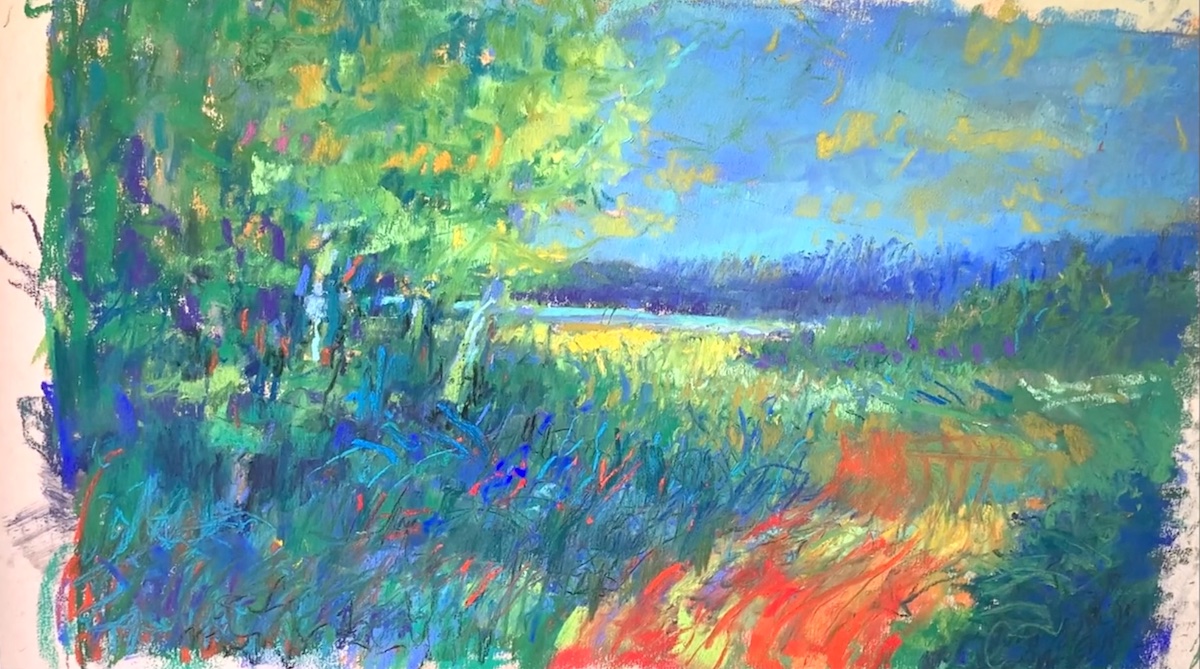
The last artist of the day was William A. Schneider, who did a portrait demo. William A. Schneider is another regular presence at Pastel Live. His directions that poetically review the anatomical areas of the face are a boon to all those who are attracted to portraiture and at the same time are intimidated by its technical complexity. For the creation of the painting he used an old work made during a demonstration class and never finished. Schneider’s technique consists of the same sequence of steps and is characterized not only by the anatomical knowledge of the parts -which he amiably illustrates to the participants, explaining their importance- but also by the entirely personal way of handling the pastel. A process that always and punctually ends with the last color correction performed absolutely with his fingers, as if with the use of them he wanted to give the final approval to his work. Among Schneider’s suggestions is not to refine the details explicitly but rather to let the illusion lead the viewer who draws his own conclusions by becoming passionate about the sensuality of the stroke. “Your instruction is the gift I’ve always been looking for in painting a portrait,” said an attendee at the end of the session.
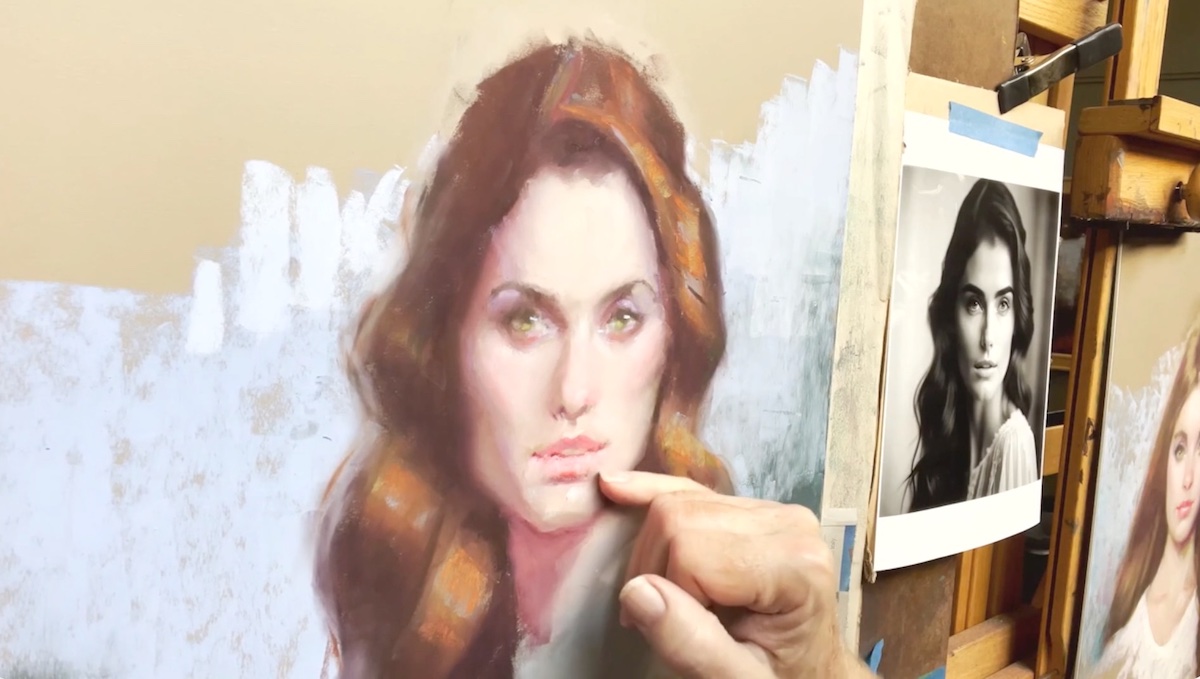
The second day of the third edition of Pastel Live has also come to an end. Miami Niche looks forward to seeing you tomorrow for a third, and exciting, day of Pastel Live. In the meantime, sign up for the next wonderful experiential art trip organized by Eric Rhoads and Peter Trippi, Editor in Chief of Fine Art Connoisseur Magazine, which will take place this year between Stockholm and Madrid. An exciting way to see art in a privileged way. You can get more information at the following link: https://finearttrip.com/stockholm-madrid
(on the title: Peter Adams in front of one of the pastel paintings did for Pastel Live, 2023)
